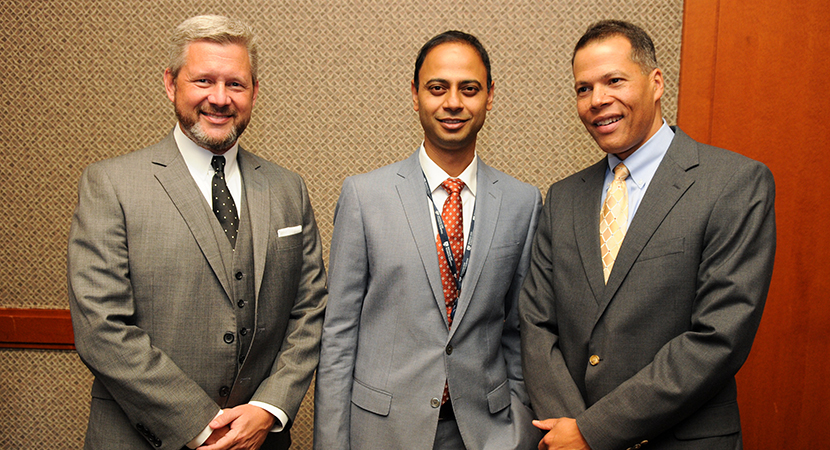
Associate Director, Trauma and Burn Center, Brigham and Women’s Hospital
Using Stem Cells to Regenerate Injured Muscles
When muscles are injured, the body utilizes muscle stem cells to regenerate new muscle in the damaged area. But there are only a limited number of stem cells in any given muscle. If the injury is large and the number of stem cells is depleted, the body heals muscle with non-functional scar tissue instead. In this case, patients lose strength and maybe even the ability to walk. Within the past year, major breakthroughs in muscle stem cell research have allowed us to isolate muscle stem cells from a small biopsy and help them grow quickly in a laboratory setting. These cells can then be injected back into healing muscle to maintain muscle strength and function. For patients with lower extremity injuries, we can potentially take a small muscle biopsy from the shoulder, isolate and grow the muscle stem cells, and inject them back into the area that’s injured. We expect this to help patients preserve strength, function, and their ability to walk without the aid of prosthetic devices.
Indranil Sinha, MD, is the Burn Surgery Fellow at BWH. Sinha earned his undergraduate degree at the University of California, Berkeley, where he graduated as a member of Phi Beta Kappa. He then completed medical school training at the University of Michigan, where he was inducted into the Alpha Omega Alpha Honor Society. Sinha completed his internship at BWH and went on to train in plastic surgery in the Harvard Plastic Surgery Training Program in 2014. During residency training, Sinha was awarded a National Institutes of Health award for basic science research and worked at the Harvard Stem Cell Institute from 2009-2011. Sinha’s clinical focus is burn reconstruction, facial reconstruction, and microsurgery. His research interests include skeletal muscle stem cells and their implications.
